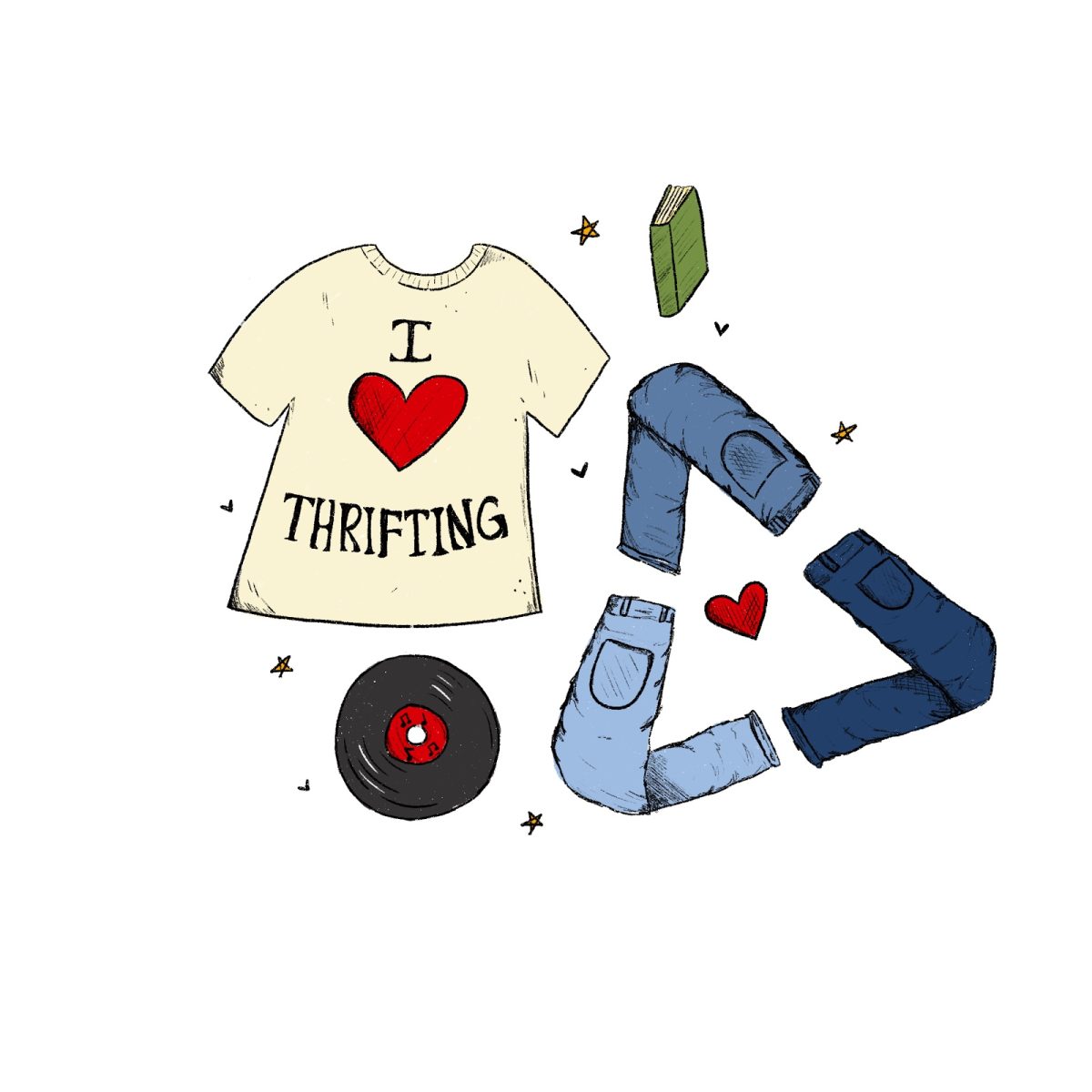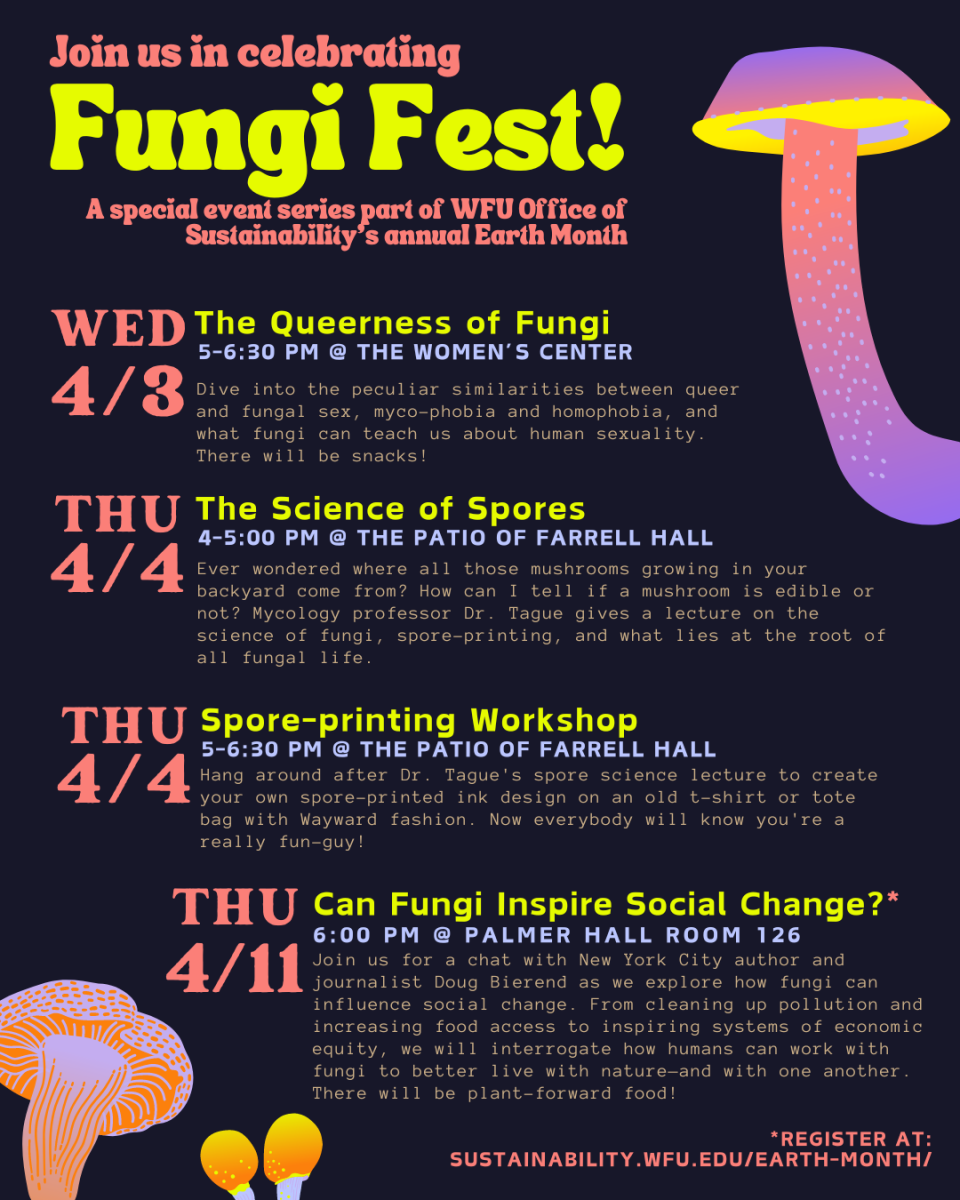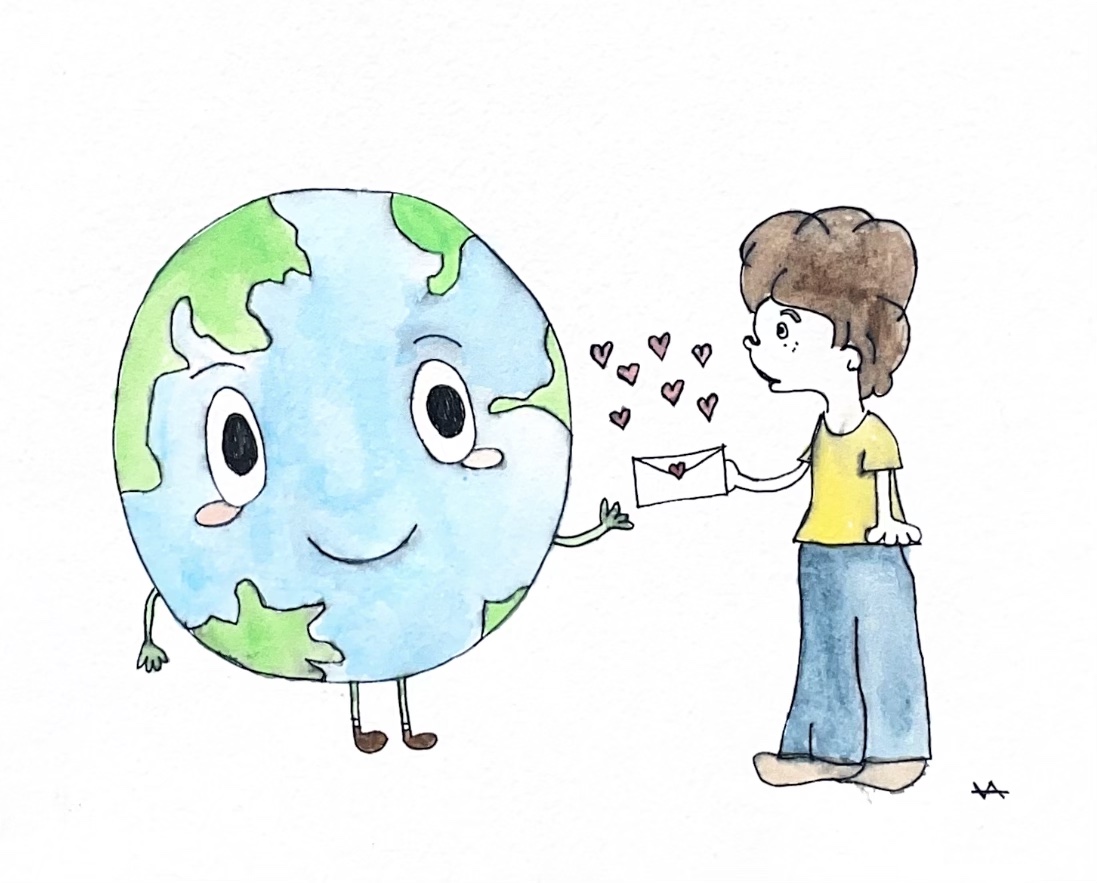
Every day, people stream music. Music is streamed at the gym, when walking to class, during homework and even (some might argue especially) when taking a shower.
Listening to music, an experience that once was only possible by traveling to see an artist or burning a CD, is now at the click of one button. While many cling to vinyl as the best form of consuming audio media, the era of accessible music has crowned its champions, such as Spotify and Apple Music. However, like many things in life, the ability to stream music has its downfalls.
There is a common misconception that digital media is better for the environment than CDs or vinyl — as they are not physically produced products. Unfortunately, streaming music comes with its own set of issues. Dr. Leslie Straker, an assistant teaching professor at the graduate program in sustainability, has insight into why digital media may seem more sustainable.
“It comes back to this out-of-sight-out-of-mind [mentality]. The thing with CDs is we can see it. We can see the plastic. The convenience of technology uses more resources than we realize,” Straker said.
But the reality is that downloading music is not a carbon-neutral task –– energy and resources, like power and the internet, are all needed to listen to your favorite tunes. According to CBC, five hours of streaming music is equivalent to one plastic CD case, while Forbes reported that Americans spend more than 32 hours streaming music every week.
In total, the average American is listening to enough music to be equivalent to the plastic produced for seven CD cases in just one week.
Dara DeMatteo, who worked in advertising sales for Spotify for over six years, explains just how ingrained digital music is in American lives.
“We used to say that we understand our listeners because they spend so much time with us,” DeMatteo said. “They’re powering their daily routines with music: getting ready, commuting, driving kids to school, [pregaming and] working out.”
When DeMatteo left a little over a year ago, Spotify had several initiatives to address its carbon footprint.
“Internally they have teams, positions and groups dedicated to finding solutions across departments and operations. Externally, they’ve joined initiatives and campaigns to work with other companies in finding solutions.” DeMatteo said. Despite the manner in which Spotify has revolutionized the music business, DeMatteo emphasized that a cost still exists. She believes companies, such as Spotify, have a responsibility to be environmental leaders.
Although companies like Spotify are taking steps to reduce environmental effects, it has yet to be shown to solve the issue. As effects persist, the ability to stream music doesn’t seem to be going away anytime soon.
However, Straker believes there may be hope that education about the issue will spread awareness, resulting in change.
“Sometimes I’m very pessimistic about all of these individual challenges that we have to use energy less,” Straker said. “When I look at the magnitude of the problem, I realize it is going to take policy changes at the highest level. There are those who, with the knowledge and information, would be willing to change. It is always realistic to educate people.”










